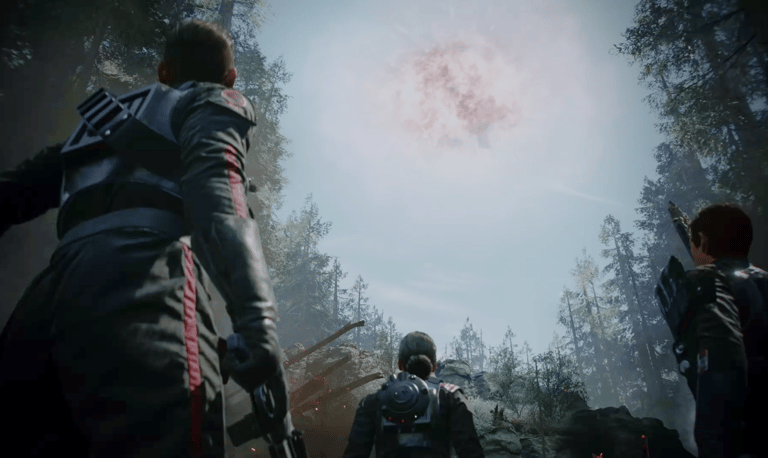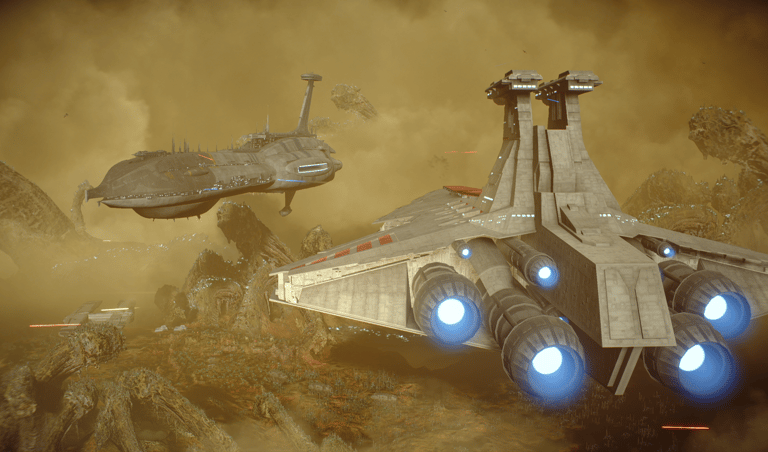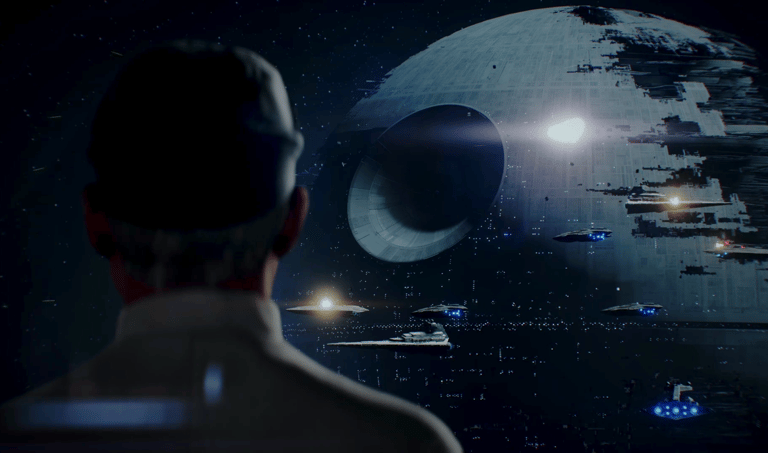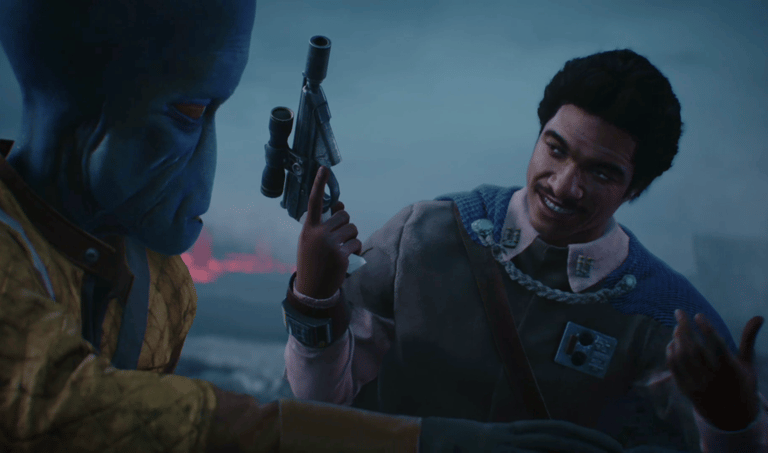
Star Wars Battlefront II (2017)
A Beautifully Flawed Power Fantasy
GAME REVIEW
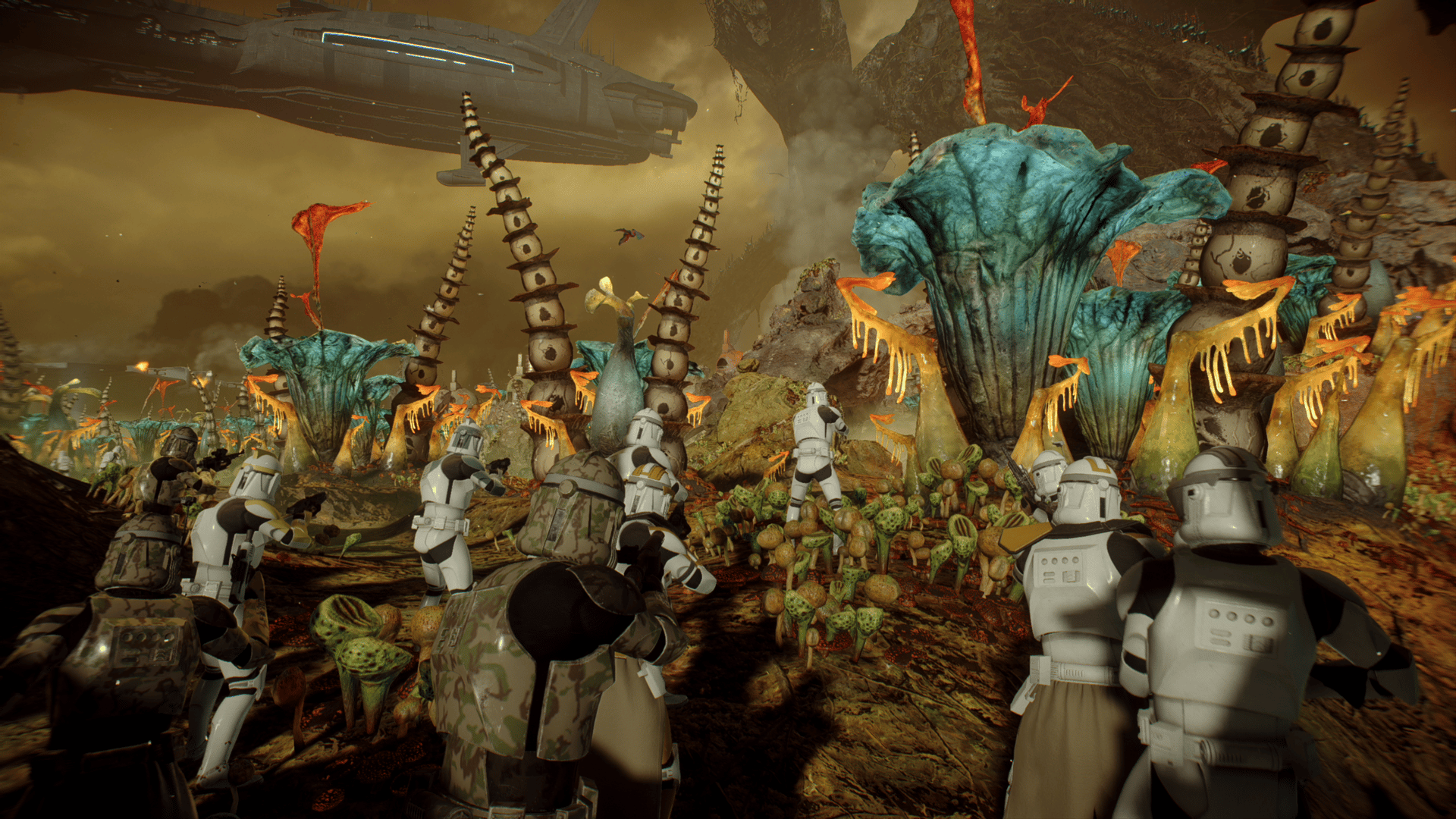
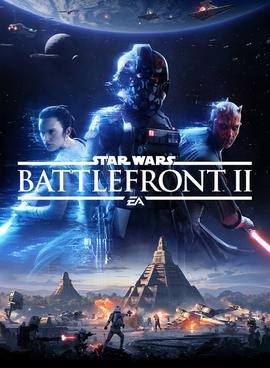

81
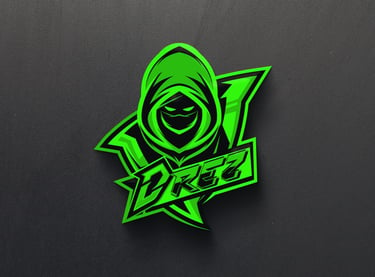

I once spent an entire evening being repeatedly force-choked by Darth Vader in the streets of Mos Eisley while my squad tried to capture a command post near a cantina that was actively being shelled by an LAAT. That sentence is dumb. It’s ridiculous. It’s also why I kept coming back to Battlefront II even when everything else around it was on fire. Because for all its sins, and oh, they are many, this game nails the Star Wars fantasy with such confidence that you’ll overlook the crusty bits just to swing a lightsaber through Naboo one more time. Released in 2017 and developed by DICE with help from Criterion and Motive, Battlefront II had one of the most infamously disastrous launches in modern gaming. Loot boxes, pay-to-win mechanics, PR statements from a black hole of empathy, it was a buffet of anti-consumer chaos that almost ended the party before it started. And yet here we are, in 2025, talking about how this Frankenstein's monster of a shooter has clawed its way into cult classic status. Because players, Star Wars fans, wouldn’t let it die. They forced EA’s hand, cleaned up the mess, and somehow, against all odds, made something great.
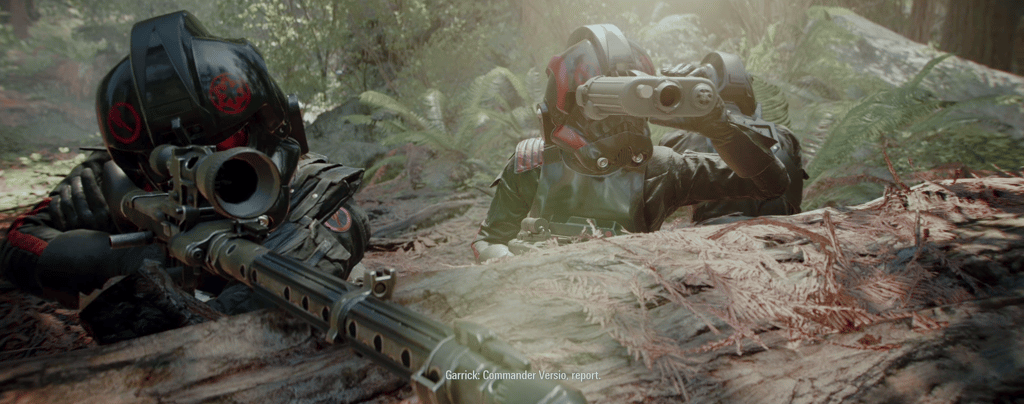

The Empire Writes Mid: Campaigns and Context
Let’s keep it real: the single-player campaign is fine. Not great. Not awful. Just fine. It starts with a solid premise, Imperial special forces operative sees the light, and slowly dissolves into a highlight reel of “Look! It’s Luke Skywalker!” moments that barely connect. The writing has the emotional range of a cereal box, but it exists more as a showcase for the environments than a gripping narrative arc. What does matter is the galaxy itself. The maps are spectacularly immersive. You can feel the cold chrome of Kamino, the sun-baked chaos of Geonosis, the night-time tension of Yavin 4. These aren’t just multiplayer arenas, they’re living, breathing chunks of the Star Wars universe. You load into a match, and for a brief moment, the absurdity of real life fades. You are the clone trooper. You are the droid. And when the voice lines start triggering, some of the best in any modern multiplayer shooter, by the way, it hits. This isn't just a shooter with a Star Wars skin. It is Star Wars.
Blasters, Banter, and Button Mashing Brilliance
The core gameplay is a weird alchemy of Battlefield’s DNA and arcade-shooter instincts. Infantry combat is surprisingly tight, blasters feel punchy, movement is snappy, and every class has enough toys to carve out a unique role. There’s a weight to everything that feels intentional, especially when you're navigating choke points with the Officer class or launching barrages as a Heavy. Supremacy mode deserves its own shrine. It’s large-scale chaos in all the right ways: two teams pushing through control points, flying vehicles overhead, and the occasional Jedi flipping through the sky like a Red Bull-sponsored Cirque du Soleil performer. It’s where the game truly breathes, mixing teamwork with cinematic spectacle. You’ll be dodging AT-TE fire one second, then force-pushing an entire hallway the next. It’s multiplayer mayhem that actually feels coherent. That said, it’s not all elegant saber swings and blaster bolts. The hero balancing is still a mess. Some characters dominate purely because of design choices that make no sense (looking at you, Anakin), and others feel like undercooked DLC from a canceled game. And vehicles, while iconic, are often more frustrating than fun, stiff to control and frequently disconnected from the flow of ground combat. But when it clicks? When you charge a bunker with a squad of clones while John Williams’ score kicks in and a TIE fighter crashes beside you? It’s pure serotonin.
It Looks Better Than Your Childhood Memory of Star Wars
Battlefront II is still one of the best-looking games in existence. That’s not hyperbole, it’s fact. The Frostbite engine might be a nightmare to work with (ask any developer), but it produces ridiculous results. Character models, environmental lighting, texture detail, it’s all absurdly well-crafted. The sound design, though, is where this game hits Jedi Master tier. Every blaster has that iconic “pew” energy, every footstep echoes with authenticity, and the voicework, especially for Clone Wars content, is phenomenal. When a clone shouts, “For the Republic!” before throwing a thermal detonator, you believe him. You’d follow him into hell. It’s immersive in a way few games ever manage. Not because of ray tracing or particle physics, but because someone cared enough to get the feel of Star Wars right. That’s rare.
Original-ish Sin: When Ambition Wears Someone Else’s Armor
This game isn’t reinventing the genre. It’s not here to innovate. It’s here to deliver Star Wars, authentically, unapologetically, and with the volume cranked up to 11. It polishes the foundation laid by 2015’s Battlefront, adds meaningful content, and attempts, imperfectly, to turn a licensed shooter into something fans could live in. The Clone Wars-era content is where the passion really bleeds through. DICE poured love into that segment like they were personally trying to atone for the prequels’ reception. And it shows. Geonosis, Kamino, the clone chatter, it’s all next-level. If the game had launched just with this content and none of the monetization sludge, it might’ve been remembered differently. But what makes Battlefront II fascinating in 2025 isn’t what it changed in the industry, it’s what the fans changed. The May 2025 community push to bring players back and rally for Battlefront III was a reminder that gamers, when united, can drag a franchise back from the brink. The fact that this game still has a pulse is entirely thanks to them. The modders, the diehards, the streamers still posting Supremacy clips, they made this thing survive. EA didn’t. The fans did.
